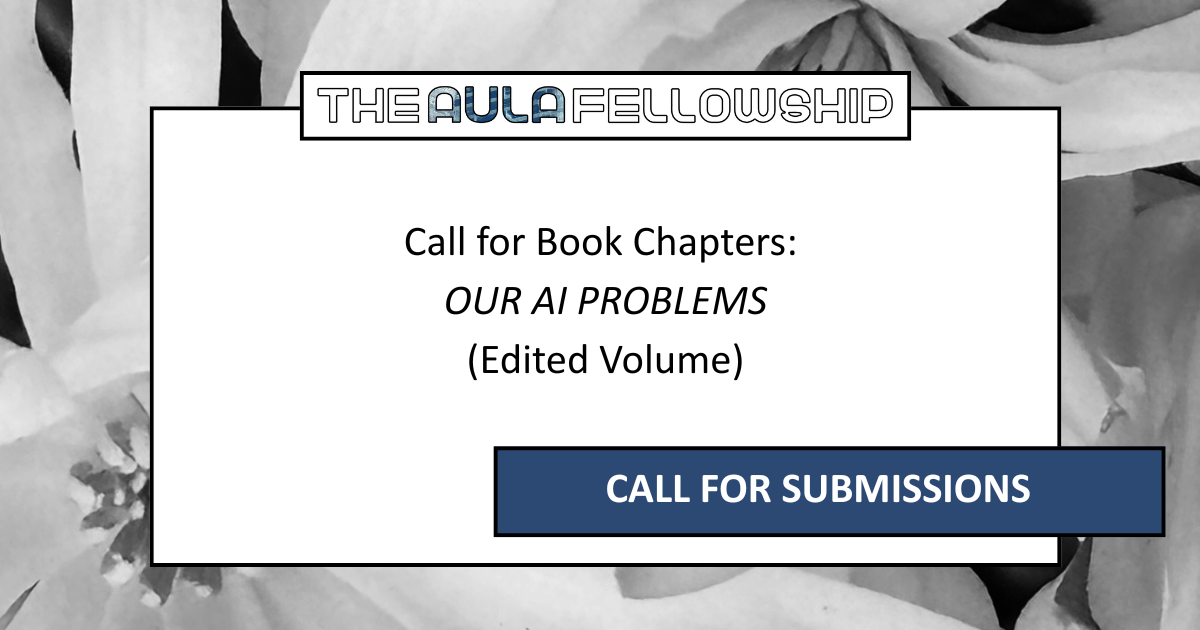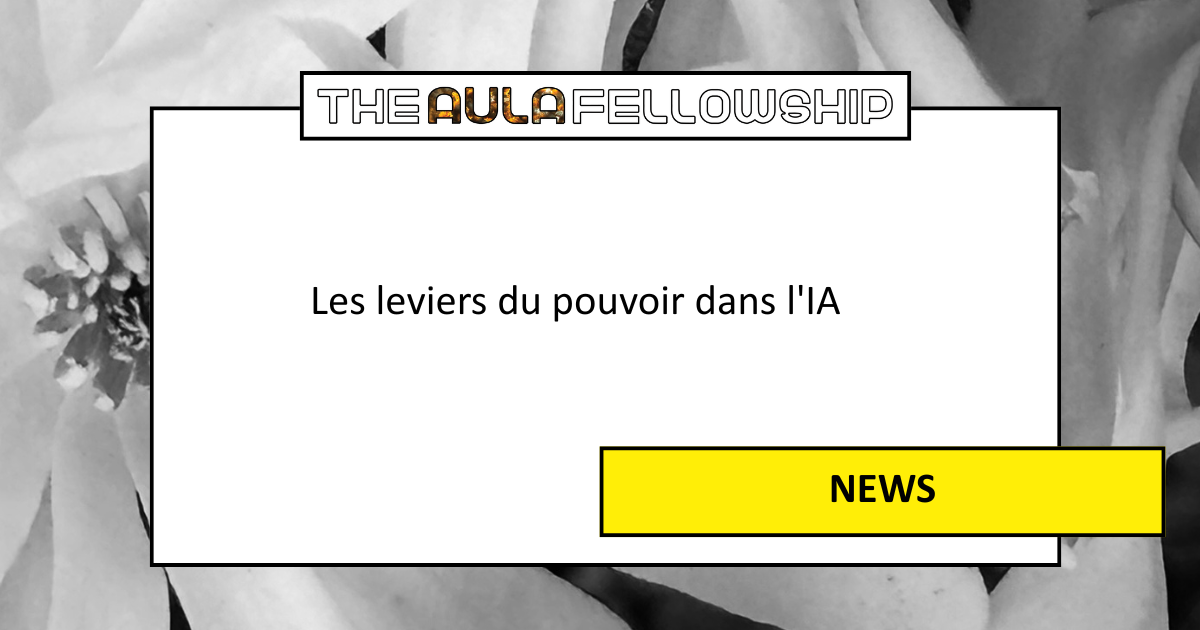Call for Book Chapters: Our AI Problems (Edited Volume)
We believe that there are no easy answers when it comes to artificial intelligence and society. Across jurisdictions and decision-making bodies, those who develop or enforce regulations are confronted with difficult questions. These challenges arise for many reasons: the issues are often embedded in complex sociotechnical systems, lack straightforward solutions, or involve tensions between competing values and needs.
The editors hold that AI can be of great service for humanity. At the same time, current regulatory frameworks lag far behind what is needed to ensure just, safe, and equitable access and outcomes.
Policymakers and subject-matter specialists are increasingly converging on a shared set of especially challenging issues. Society is learning to join in the conversations. Accordingly, the proposed volume is envisioned as addressing the following areas: Economics and Power; Democracy and Trust; Risks Large and Small; Building Bridges and Inclusion; Media and Art; Environment and Health; Justice, Security, and Defense.
If you are interested in contributing, we would be delighted to hear from you. If you know colleagues or collaborators who might wish to participate, please feel free to share this call with them as well.
Deadline for chapter abstracts (250–300 words): 15 January 2026
Deadline for chapter draft submission (8000–10,000 words; US English; APA style): 31 March 2026
Deadline for final revisions: 15 May 2026
Edited by Tammy Mackenzie, Ashley Elizabeth Muller, and Branislav Radeljić
For more info about the editors, please see: Fellows
Submissions and questions: Contact Branislav Radeljić, Ph.D., Director of Research.











